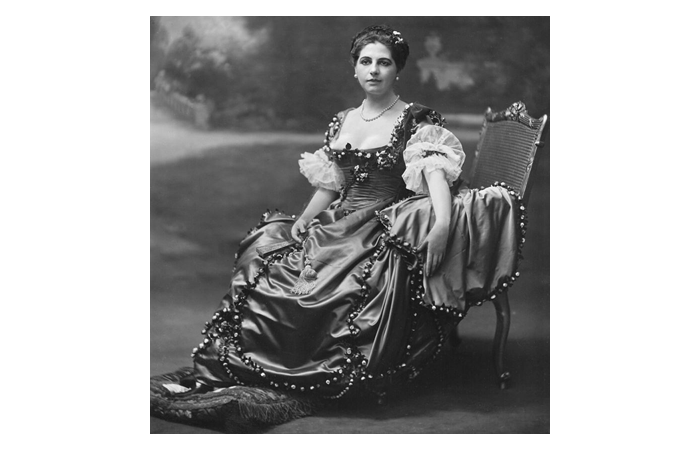
First of two parts
What word comes to mind when you hear her name, Mati Hari?
Spy?
Yet, as research now shows, she was framed and betrayed by the French government, the only country for which she spied. As such, this portrait of her will take two weeks to uncover the truth and so that all who read this series may learn the facts brought to light by international journalist Russell Warren Howe whose book “Mata Hari—The True Story” was published in 1986 after he had been given access to her dossier. I read his book recently and it was quite revealing about the truth of her life. The investigative and judicial file, all 497 items,

Jacob Merkelbach photo
mostly handwritten notes, was sealed after her execution in 1917. If only now the history books would print the truth.
Margaretha Geertruida Zelle was born August 7, 1875 in the Netherlands. Her father owned a hat shop and made successful investments in the oil industry which gave Margaretha a lavish early childhood. He invested heavily in the market for a time and lost everything leading to a complete change in her fortunes.
Her name may not be recognized, so let us proceed with the name of Mata Hari, a Dutch exotic dancer and courtesan who was convicted of being a spy for Germany during World War I and executed by firing squad in France at the age of 41. In correspondence to relatives in 1897, she revealed her artistic name of Mata Hari, the word for sun in the local Malay language or “eye of the morning.”
She had, at age 18, married the alcoholic Captain Rudolf MacLeod and moved to Java where she gave birth to two children. MacLeod regularly beat her and Zelle abandoned him temporarily and moved in with another Dutch officer. She returned to MacLeod, but nothing improved and their divorce became final in 1906. He would not allow her to see her daughter.
Mati Hari moved to Paris in 1903 where she performed as a circus horse rider and posed as an artist’s model. By 1905 she began to win fame as an exotic dancer. Her debut was at the Musee Guimet March 13, 1905. She had become the mistress of the millionaire Lyon industrialist Emile Guimet who had founded the Musee.
Mati Hari was promiscuous and flirtatious and was photographed in the nude during this time. A French journalist wrote in a Paris newspaper that Mata Hari was “so feline, extremely feminine, majestically tragic, the thousand curves and movements of her body trembling in a thousand rhythms.” A Vienna journalist wrote that she was “slender and tall with the flexible grace of a wild animal.” She stood five feet, nine inches.
However, critics arrived with acid comments and serious cultural institutions said she did not know how to dance. After 1912 she had danced in her last show. She began an intense relationship with Russian pilot Captain Vadim Maslov whom she called the love of her life. Maslov was part of the 50,000 strong Russian Expeditionary Force sent to the Western Front in the Spring of 1916. In 1916 Maslov was shot down and badly wounded during a dogfight with the Germans, and lost his sight in one eye.
The Deuxieme Bureau believed that Mart Hari might be able to obtain information by seducing Germany’s Crown Prince Wilhelm for military secrets. The Bureau offered Zelle one million francs if she could seduce him and provide France with good intelligence about German plans. She was arrested in Spain and brought to London where she was interrogated by the assistant commissioner at New Scotland Yard. When she was released, she stayed at the Savoy Hotel in London.
Next week the conclusions and a look at what the 1917 dossier contained.
Continued next week

